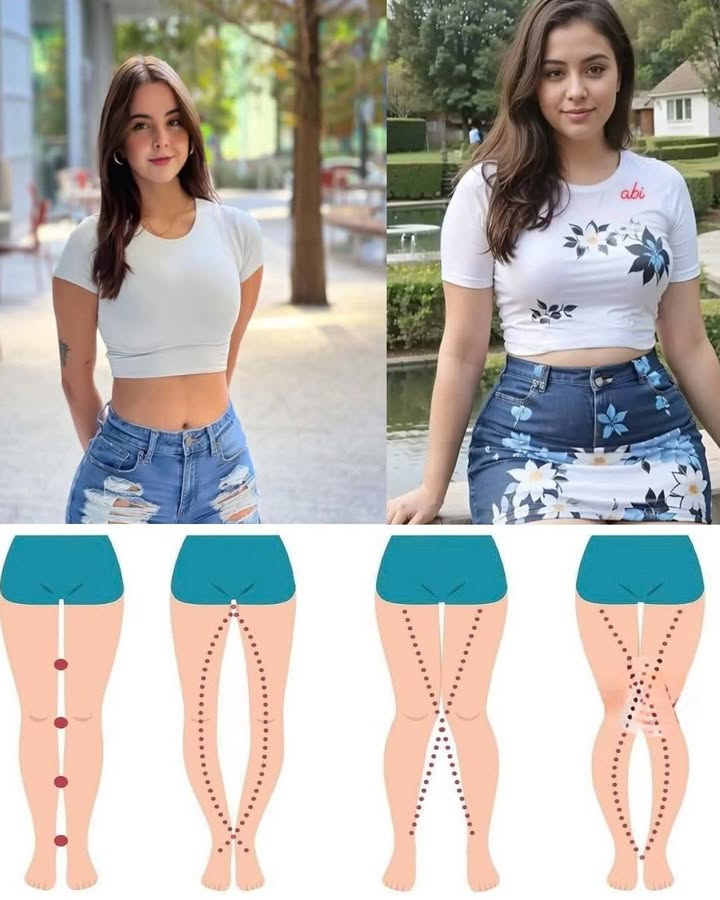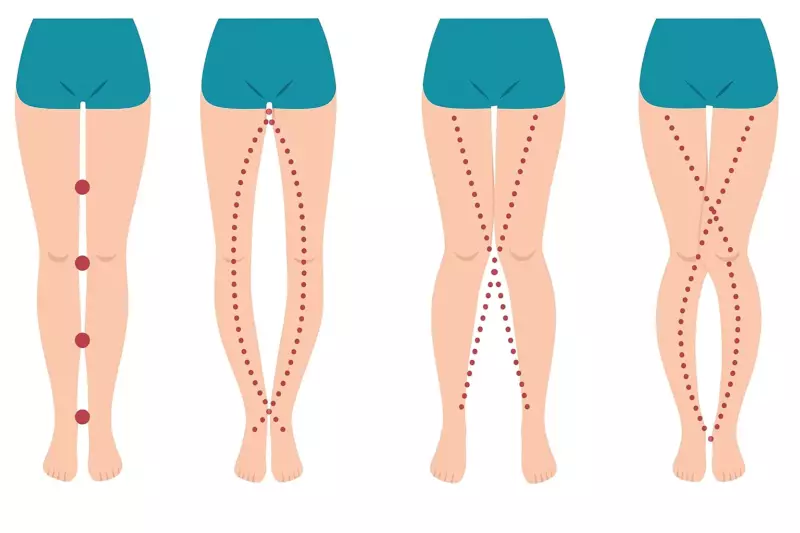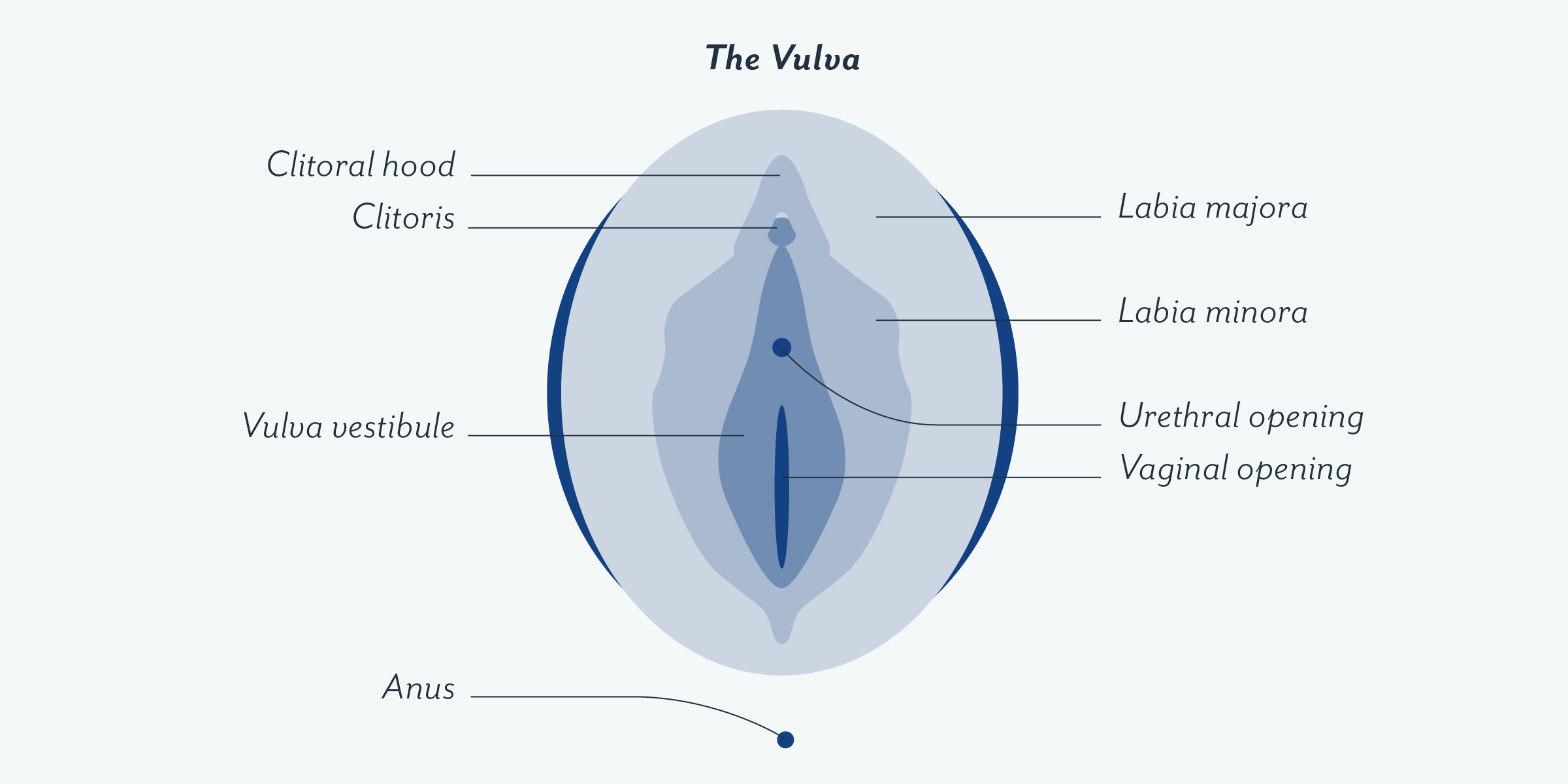What Your Legs Can’t Tell, Your Vagina Can: The Truth About the Female Body Most People Don’t Know

When it comes to understanding the female body, few areas are as misunderstood and confusing as the vagina.
Often mislabeled, simplified, or completely ignored in everyday conversations,
this essential part of the female anatomy plays a pivotal role in reproduction, pleasure, hormonal balance, and even aging.
And yes, while the alignment of your legs can reveal something about your body’s structure, it’s your vagina that reveals the deepest stories about your health.
Let’s dive into the fascinating world of the vagina: what it is, what it isn’t, how it works, how it changes, and why it deserves more attention and respect.
One of the most common misconceptions is the interchangeable use of “vagina” to describe the entire genital area. In reality:
The vulva is the external part of the genitals. It includes the labia (inner and outer), the clitoris, the urethral opening, and the vaginal entrance
The vagina is the internal muscular canal that connects the vulva to the cervix.
Making this distinction correctly isn’t just a matter of semantics: it’s about understanding the body, how it works, and how to care for it.
The vagina is a flexible muscular canal, typically 7 to 12 cm long, that serves as a conduit connecting the cervix (the entrance to the uterus) to the outside world. It plays key roles in:
Reproduction: The vagina receives sperm during intercourse and serves as the birth canal during childbirth. Menstruation: This is the pathway through which menstrual blood leaves the body.
Health Management: Hormonal creams, contraceptive rings, and medications can be inserted into the vagina for localized or systemic effects.
The female body is an extraordinary biological system, and the reproductive area plays a central role in overall well-being, hormonal balance, and life transitions such as menstruation, childbirth, and menopause. This guide offers a clear, respectful, and science-based look at the internal reproductive passage, its structure, and how it naturally changes across life stages.
What Is the Internal Reproductive Passage?
Commonly referred to in everyday language as the birth canal, this internal structure connects the outer reproductive area (also known as the vulva) with the lower uterus (cervix). It serves several key biological functions:
Acts as a natural exit for menstrual flow. Supports reproductive health during conception and pregnancy. Serves as the delivery pathway during childbirth. Provides a route for certain types of prescribed medication (e.g., hormone creams or suppositories).
Many people mistakenly use the term for the entire external area, but medically, the correct term for the external region is vulva, which includes structures like the outer and inner folds of skin, the protective hood over the clitoral area, and the opening that leads internally.
Source: Cleveland Clinic
Structure and Natural Flexibility
The internal reproductive canal is not just a simple tunnel—it’s a remarkable structure made of flexible, layered tissue:
Moist mucosal lining: Keeps the area naturally hydrated and balanced.
Natural folds (rugae): Allow the passageway to gently expand when needed, such as during childbirth.
Elastic muscle layers: Support natural movement and shape retention.
In its resting state, the walls gently touch each other, and the passage resembles a folded or compressed shape, which helps with flexibility and internal balance.
Source: Mayo Clinic
How It Changes Across Life Stages
The internal reproductive system evolves throughout life due to hormonal shifts, especially involving estrogen. These stages include:
Childhood to Adolescence
Before puberty, the inner lining is thinner. As estrogen levels rise during puberty, it thickens, and natural changes like the appearance of physiological moisture begin to occur.
Reproductive Years
During this stage, the canal typically measures 7–12 cm in length and has maximum flexibility. Natural hydration increases around the middle of the menstrual cycle when fertility is at its peak.
Source: ACOG
Pregnancy and Recovery After Birth
Pregnancy brings increased blood flow and elasticity. After childbirth, the passageway gradually returns to its pre-pregnancy state within weeks. Some changes may remain, including slight differences in tone or shape.
Source: Johns Hopkins Medicine
Menopause and Beyond
When estrogen levels decrease, the inner lining may become drier and less flexible. This condition, known medically as tissue thinning due to hormonal decline, can lead to some discomfort. Treatments like gentle topical therapy, moisturizers, or medical creams may be recommended by professionals.
Source: North American Menopause Society
Monthly Cycle and Hormonal Influence
Throughout each month, changes occur that affect internal moisture levels and tissue thickness:
Before fertility peaks: Hydration and softness increase naturally.
After ovulation: Hormonal shifts cause reduced moisture.
Cervical adjustment: The opening at the top of the canal slightly shifts position and texture based on fertility signals.
Source: National Library of Medicine



